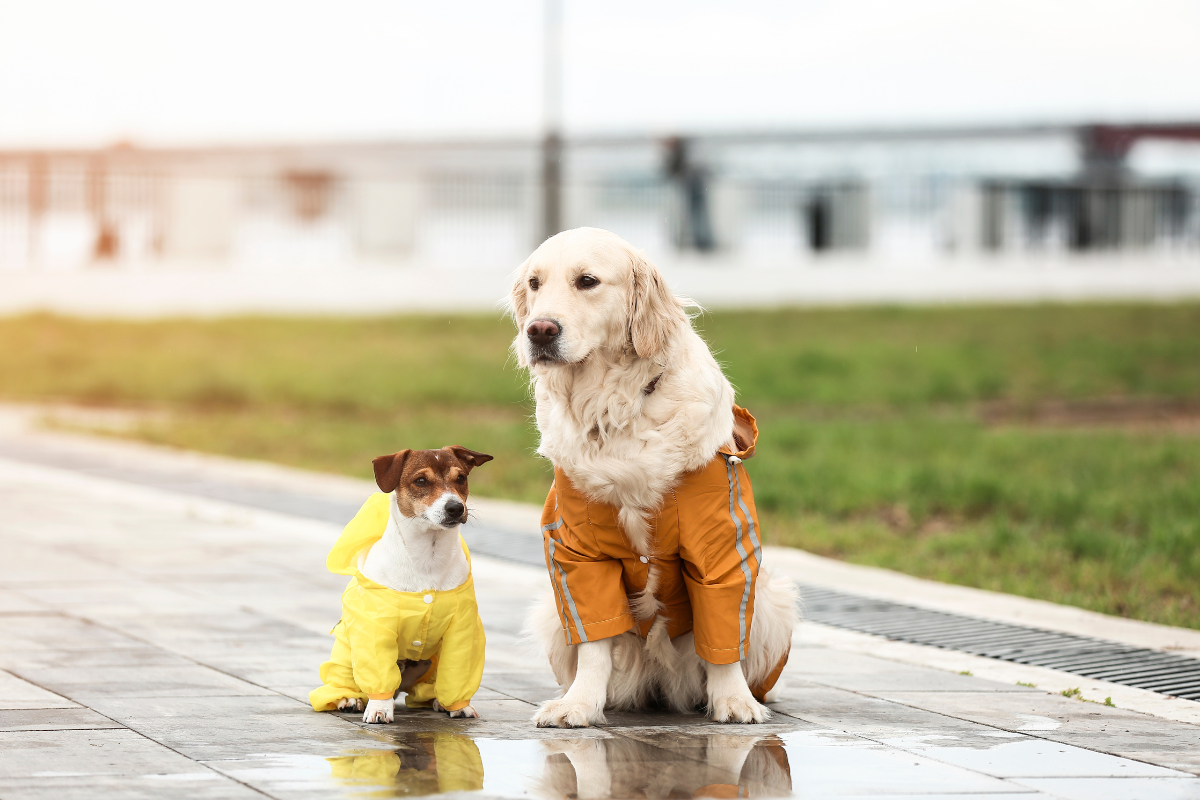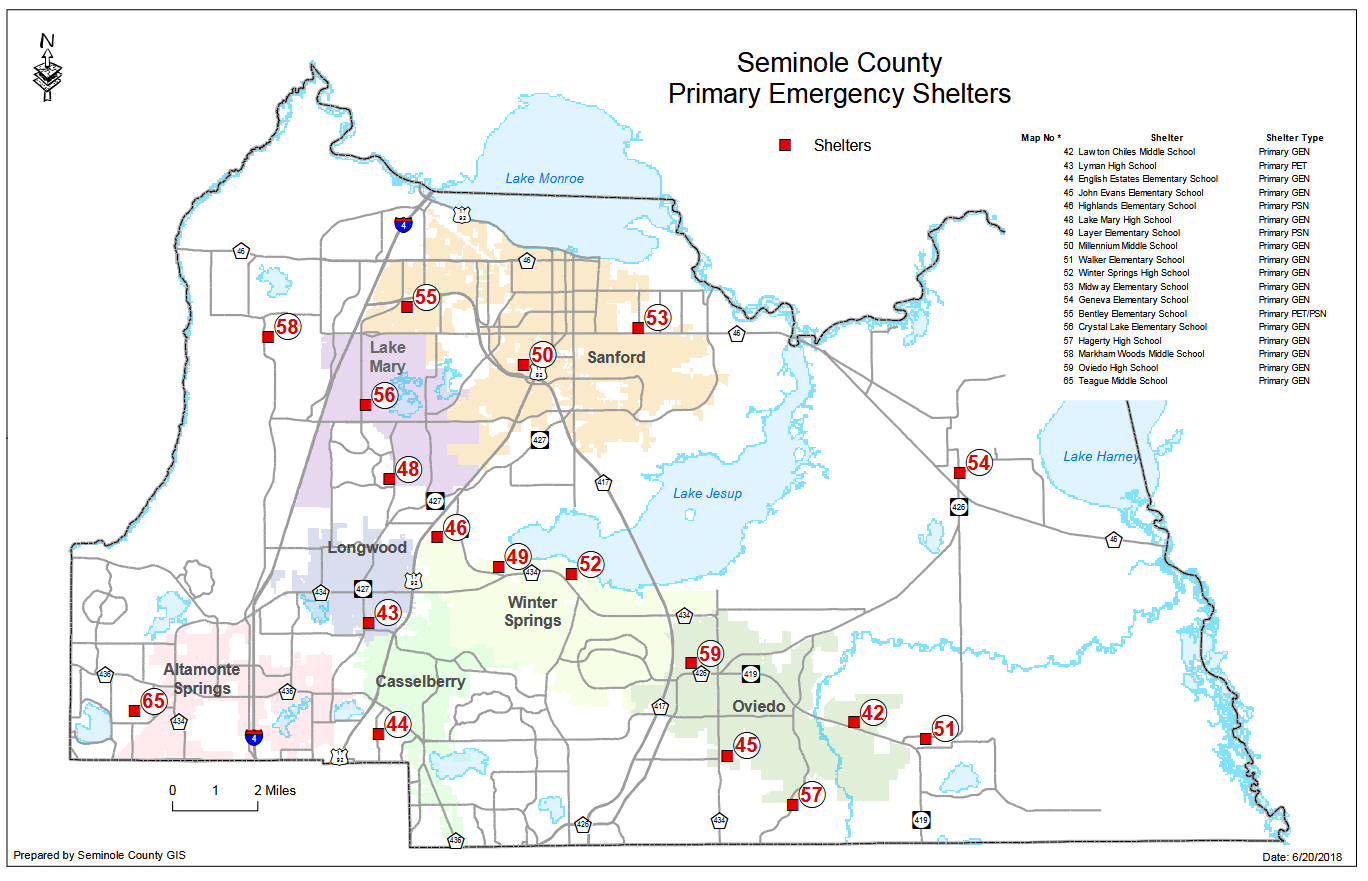Hurricane Preparedness with Your Pets
Living in Central Florida it is always best to have a plan of action in place for Hurricane season. As most of us know, the strength of a storm can change in a matter of hours. Having your pets items packed and ready to go will eliminate a significant amount of stress for you and your family. In the face of a disaster, families often find themselves in the midst of rushed evacuations, strong winds, and approaching floodwaters, leading to chaos. While these situations can be unavoidable, having a plan in place can significantly increase the chances of keeping your pets safe during and after a hurricane. Preparing an emergency kit specifically for your pet is essential.

If boarding your pets, please confirm with your boarding facility that they have a Hurricane plan in place. It is important that there will be staff able to stay on the property with the boarding pets if needed. Or that they have an evacuation plan, and a safe place to take all the pets in their care.
Here are the top items recommended for your pet's emergency kit:
- Food: Ensure at least a three-day supply in an airtight, waterproof container.
- Water: Have at least three days of water set aside specifically for your pets.
- Medicines and Medical Records: Many boarding facilities, veterinarians, and animal shelters require your pet's medical records to confirm that all vaccinations are current. Calming medications from your veterinarian can help your pet stay calm during the storm and manage the stress easier. Thundershirts are also a helpful tool for your pet.
- Important Documents: Keep registration information, adoption papers, and vaccination documents handy. Discuss with your veterinarian about microchipping and enrolling your pet in a recovery database.
- First Aid Kit: Include cotton bandage rolls, bandage tape and scissors, antibiotic ointment, flea and tick prevention, latex gloves, isopropyl alcohol, and saline solution. A pet first aid reference book is also advisable.
- Collar or Harness with ID Tag: Make sure to have a collar or harness with an ID tag, rabies tag, and a leash.
- Crate or Pet Carrier: A sturdy, safe crate or carrier is necessary in case you need to evacuate. It should be large enough for your pet to stand, turn around, and lie down comfortably.
- Sanitation Supplies: Pack litter and a litter box if appropriate, as well as newspapers, paper towels, plastic trash bags, and household chlorine bleach.
- A Picture of You and Your Pet Together: In case you become separated, a picture of you and your pet together will help document ownership and enable others to assist in reuniting you. Include details such as species, breed, age, sex, color, and distinguishing characteristics.
- Familiar Items: Bringing familiar items, such as treats, toys, and bedding, can help reduce stress for your pet during the evacuation and relocation process.
- Microchip: If your pet is not microchipped we recommend making an appointment to do so. If your pet gets separated from you at any point during the storm, a Microchip is extremely important and plays a strong role in helping you be reunited with your pet.
By preparing these items in advance and keeping them accessible, you can help ensure the safety and well-being of your pet during emergencies. If you have any questions about helping your pet get through any upcoming storms please give us a call. We can help!
Some local hurricane info pages:
* Please confirm this information with Seminole County prior to heading over to any shelters.


